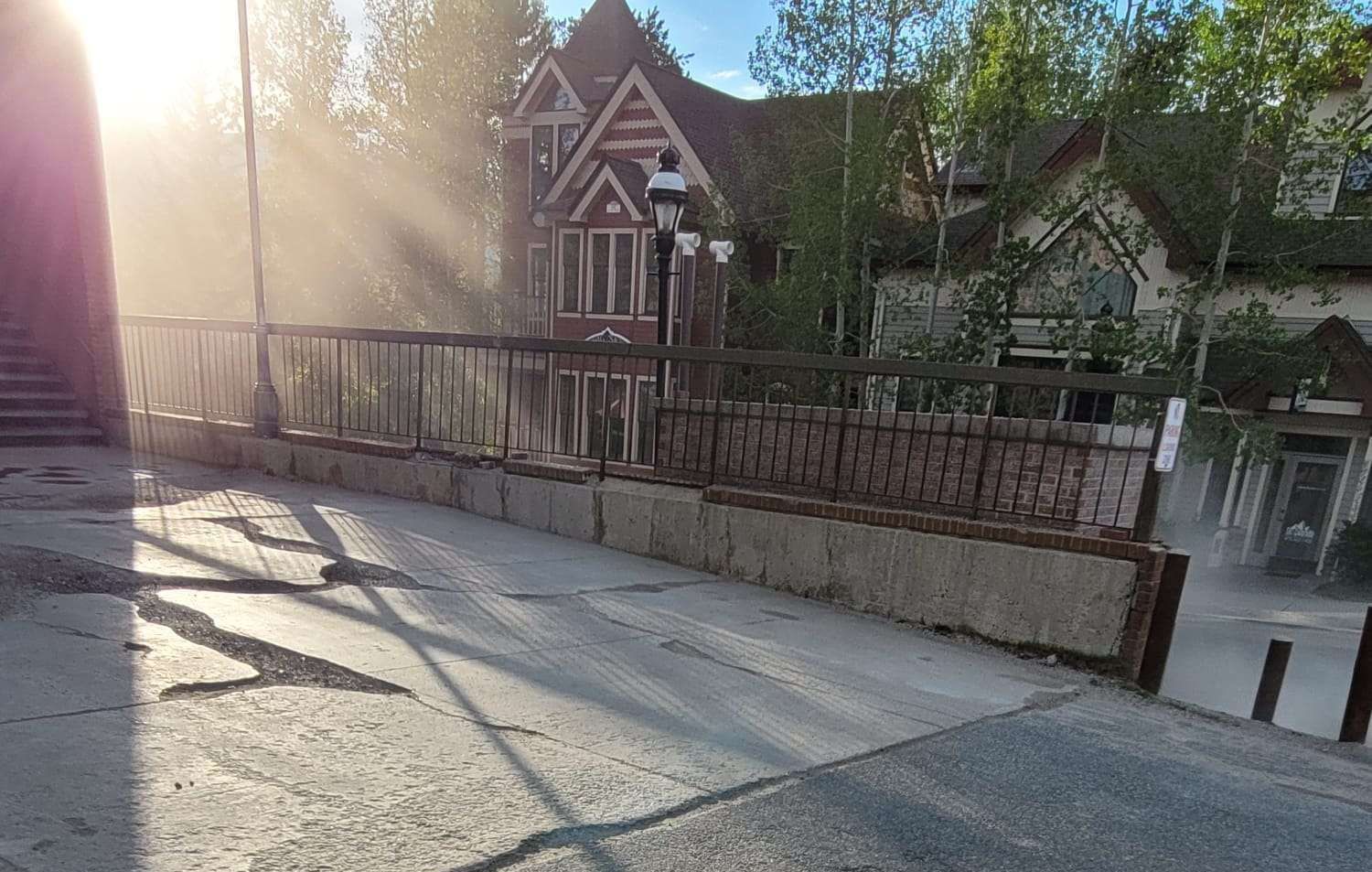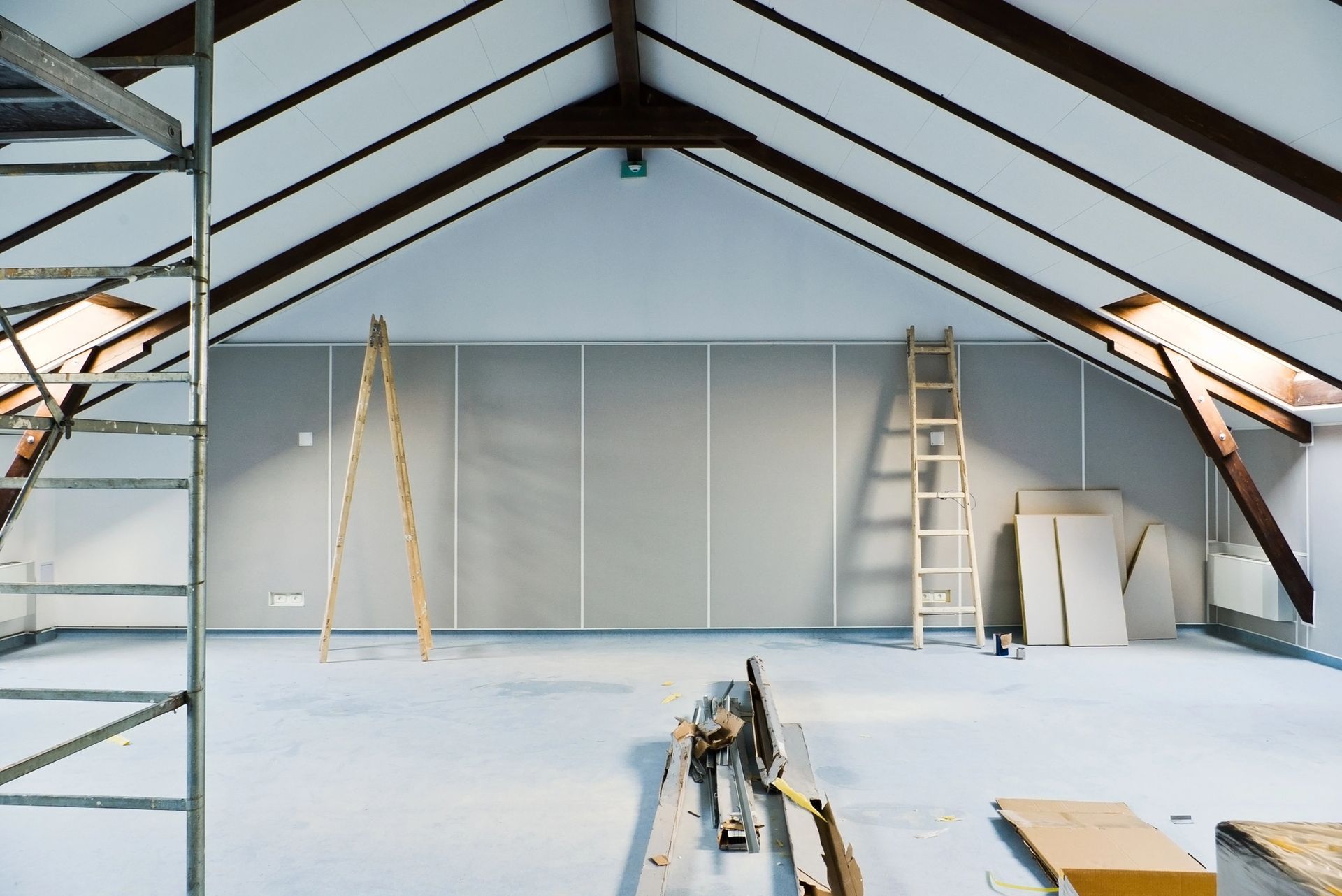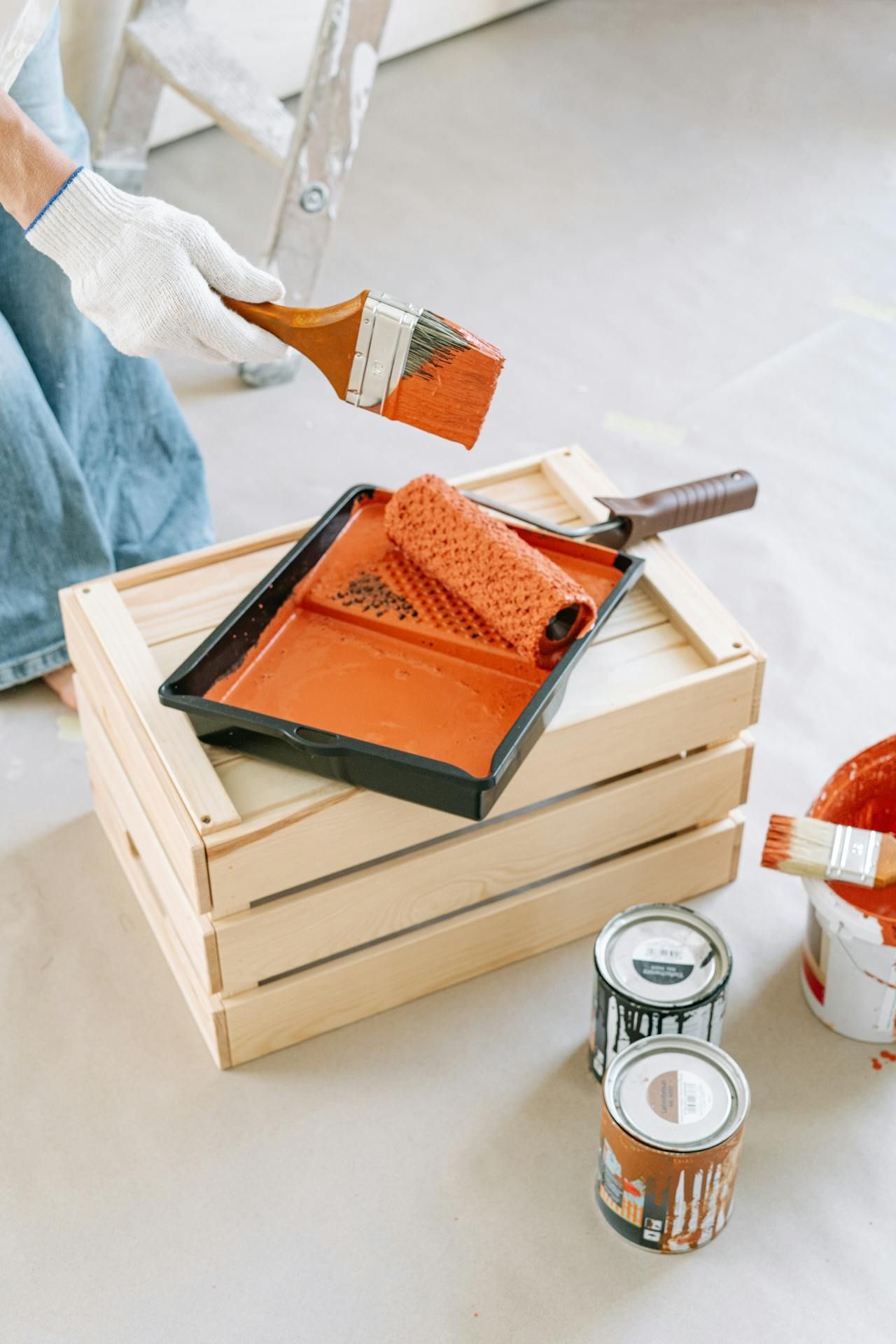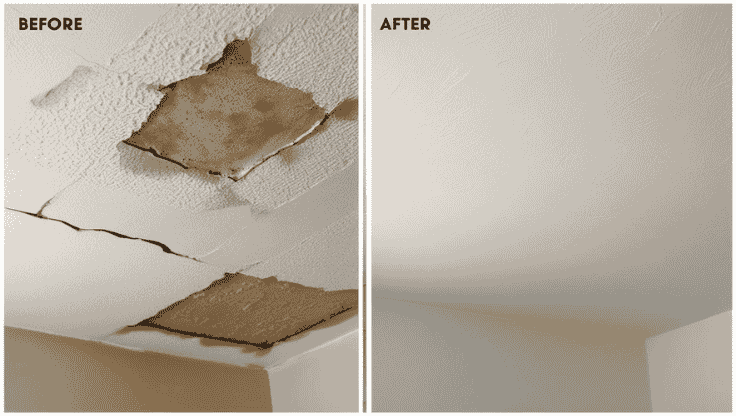What begins as a simple faucet replacement can quickly become a flooded kitchen if pipes aren't properly sealed or if shutoff valves malfunction. Water damage can affect cabinets, flooring, drywall, and even structural elements of your home. Insurance may not cover damage resulting from DIY work, leaving homeowners with repair bills in the thousands.
The Hidden Costs of DIY
When Saving Money Costs You More
In the age of YouTube tutorials and home improvement shows, DIY projects have never been more popular. The appeal is understandable – save money, learn new skills, and feel the satisfaction of completing something with your own two hands. But as professionals in the home service industry, we've seen the aftermath of DIY gone wrong more times than we can count. While some projects can indeed save you money, others end up costing homeowners significantly more than if they had hired a professional from the start.

The True Cost of DIY Home Improvements: What Homeowners Need to Know
DIY culture has exploded in recent years. Search trends show terms like "DIY home renovation" and "how to fix plumbing yourself" have increased by over 75% since 2019. Home improvement retailers have capitalized on this trend, marketing tools and materials directly to homeowners eager to tackle projects themselves. But beneath the inspiring montages and seemingly simple instructional videos lies a more complicated reality.
The Illusion of Savings: Breaking Down the Real Numbers
When calculating potential savings from DIY projects, many homeowners focus exclusively on labor costs. It's true – eliminating professional labor can appear to cut project costs by 30-50% upfront. However, this simple calculation often misses several critical factors:
Tool Investment Costs
Professional contractors already own specialized tools they use across multiple projects. When homeowners purchase these tools for a one-time project, the cost per use is substantially higher. A professional-grade tile saw might cost $700-$1,000 – a significant investment for a single bathroom renovation.
For complex renovations, the tools required might include:
- Specialized cutting equipment
- Air compressors and pneumatic nailers
- Laser levels and measurement tools
- Safety equipment
- Power tools specific to certain applications
These purchases can quickly add $1,000-$3,000 to your project budget – often approaching what you'd pay a professional who already owns these tools.

Material Waste and Inefficiency
Professionals know exactly how much material to purchase and how to minimize waste. DIYers typically overbuy by 15-20% to account for mistakes or miscalculations. Additionally, inexperienced homeowners may not know which materials offer the best value for specific applications.
When renovating a bathroom, for example, a DIYer might purchase premium waterproofing materials but apply them incorrectly, negating their effectiveness. Or they might choose the wrong type of drywall for a high-moisture environment, requiring complete replacement within a year or two.
Time: The Hidden Expense of DIY Projects
Time is perhaps the most overlooked cost in DIY calculations. What might take a professional team a few days can easily stretch into weeks or months for homeowners working evenings and weekends. This extended timeline creates several hidden costs:
- Extended disruption to your daily life
- Delayed enjoyment of the improved space
- Increased utility costs during construction
- Potential hotel or alternative living expenses
For working professionals, the opportunity cost of spending 40-60 hours on a renovation project instead of working, resting, or spending time with family can be substantial.
When DIY Goes Wrong: The Costly Reality of Repairs
Emergency Repair Scenarios
One of the most expensive outcomes of DIY projects is when things go catastrophically wrong. We've seen countless situations where simple projects escalated into emergency repair scenarios:
Plumbing Disasters

Electrical Hazards
Improper electrical work is not just costly – it's dangerous. Incorrectly wired outlets, light fixtures, or appliances can create fire hazards or risk of electrocution. When electrical work isn't up to code, it often requires complete rewiring by a licensed electrician, costing 2-3 times what the original professional installation would have.
Structural Damage
Removing what seems like a non-load-bearing wall without proper assessment can compromise your home's structural integrity. In worst-case scenarios, this leads to sagging ceilings, cracked foundations, or even partial collapses. Structural repairs typically start at $10,000 and can reach $50,000 or more.
Code Violations and Permit Issues
Many homeowners don't realize that significant renovations require permits and must meet local building codes. DIY work that fails inspection can result in:
- Mandatory tear-out and reconstruction
- Fines from local authorities
- Difficulty selling your home in the future
- Insurance complications if problems arise
According to recent surveys, over 60% of DIY renovators skip pulling permits entirely, creating significant liability and potential resale issues.
Projects Worth Hiring Professionals For
Complex Plumbing Renovations
While changing a faucet or unclogging a drain might be within most homeowners' capabilities, more extensive plumbing work carries significant risk. Projects that involve:
- Moving supply lines
- Relocating drains
- Installing new fixtures that require additional water lines
- Working with gas lines for water heaters or appliances
These projects require specialized knowledge of plumbing codes, proper venting, and drainage slopes. Mistakes in these areas can lead to slow drains, sewage backups, water damage, or even dangerous gas leaks.
Electrical System Upgrades
Electrical work is particularly dangerous for inexperienced DIYers. Projects that involve:
- Panel upgrades
- Adding new circuits
- Rewiring rooms
- Installing new lighting systems
These should always be performed by licensed electricians. Beyond the immediate safety concerns, improperly installed electrical systems can void home insurance policies and create long-term fire hazards.
Structural Modifications
Any project that involves removing walls, adding windows or doors, or modifying roof structures requires professional assessment. Even seemingly minor changes can affect your home's load-bearing elements.
Professional contractors:
- Can recognize load-bearing versus non-load-bearing walls
- Understand how to properly transfer structural loads
- Know when engineering assessments are needed
- Have experience properly reinforcing modified structures
Kitchen and Bathroom Remodels
These high-value spaces involve multiple trades – plumbing, electrical, carpentry, and often tile work. The complexity of coordinating these elements and ensuring waterproofing in critical areas makes professional oversight particularly valuable. Additionally, mistakes in these rooms can lead to water damage that affects multiple floors of your home.

The Professional Advantage: What You're Really Paying For
When you hire a reputable service company like Summit Area Service, you're getting more than just labor. You're investing in:
Expert Assessment and Planning
Professionals can identify potential complications before work begins. They understand how various home systems interact and can plan accordingly. This foresight prevents costly mid-project surprises and ensures all aspects of the job are considered.
Quality Guarantees and Warranties
Reputable contractors stand behind their work with warranties and guarantees. If something doesn't function properly or fails prematurely, they'll make it right. DIY projects come with no such protection.
Insurance and Liability Coverage
Licensed contractors carry insurance that protects you if something goes wrong. Their workers' compensation insurance means you're not liable if someone is injured on your property during the project.
Relationship with Suppliers and Subcontractors
Established contractors have relationships with quality material suppliers and specialized subcontractors. They can often secure better pricing than retail customers and know which products offer the best performance for specific applications.
DIY Projects That Make Sense
While we've highlighted many projects better left to professionals, there are certainly home improvements where DIY approaches can save money without excessive risk:
Painting and Decorating
Interior painting, while time-consuming, is relatively low-risk and can save considerable labor costs. Similarly, installing decorative elements like crown molding, wainscoting, or built-in bookshelves can be rewarding DIY projects when approached with proper research and patience.
Landscaping and Outdoor Improvements
Many outdoor projects like planting gardens, building raised beds, or installing pavers for a patio can be excellent DIY opportunities. These projects generally don't impact critical home systems and can be modified easily if mistakes occur.
Simple Fixture Replacements
Changing out light fixtures (with power off), replacing cabinet hardware, or installing new faucets are manageable DIY projects for most homeowners. These upgrades can refresh spaces without major system modifications.

Making the Smart Choice for Your Home
The decision between DIY and hiring professionals shouldn't be based solely on immediate cost comparisons. Consider these factors:
Skill Assessment
Be honest about your skills and experience. Having watched videos on a procedure doesn't equate to hands-on experience. Start with smaller projects and gradually build your capabilities.
Risk Evaluation
Consider the consequences of mistakes. Projects involving water, electricity, gas, or structural elements carry significantly higher risks and costs if errors occur.
Value of Professional Guidance
Even if you handle parts of a project yourself, consider consulting with professionals for planning and critical aspects. Many contractors offer consultation services or can handle the complex portions while you take on finishing work.
Summit Area Service: Your Partner in Smart Home Improvements
At Summit Area Service, we understand the appeal of DIY projects. We also know from experience which projects truly benefit from professional expertise. Our approach focuses on providing value beyond just completing tasks – we offer:
- Free consultations to help you understand project scope and requirements
- Transparent pricing that details materials, labor, and other costs
- Flexible approaches that can incorporate homeowner participation where appropriate
- Education about maintenance and care to extend the life of your improvements
By partnering with experienced professionals, you're not just paying for labor – you're investing in peace of mind, quality results, and protection against costly mistakes.

Conclusion: Balancing Cost, Quality, and Risk
The DIY versus professional decision doesn't have to be all-or-nothing. Smart homeowners know when to invest in professional services and when to tackle projects themselves. By understanding the true costs and risks associated with complex home improvements, you can make informed decisions that protect both your home and your finances.
For your next home improvement project, consider reaching out to Summit Area Service for a consultation. Even if you decide to handle aspects of the project yourself, our expert guidance can help you avoid costly pitfalls and achieve results you'll be proud of for years to come.
Contact us today to discuss your home improvement needs and discover the value professional services can bring to your project.
Ready to work with Summit County Property Services?
Let's connect! We’re here to help.
Send us a message and we’ll be in touch.
Or give us a call today at 970-471-7846
Agency Contact Form
We will get back to you as soon as possible
Please try again later
Summit Property Services Blog







